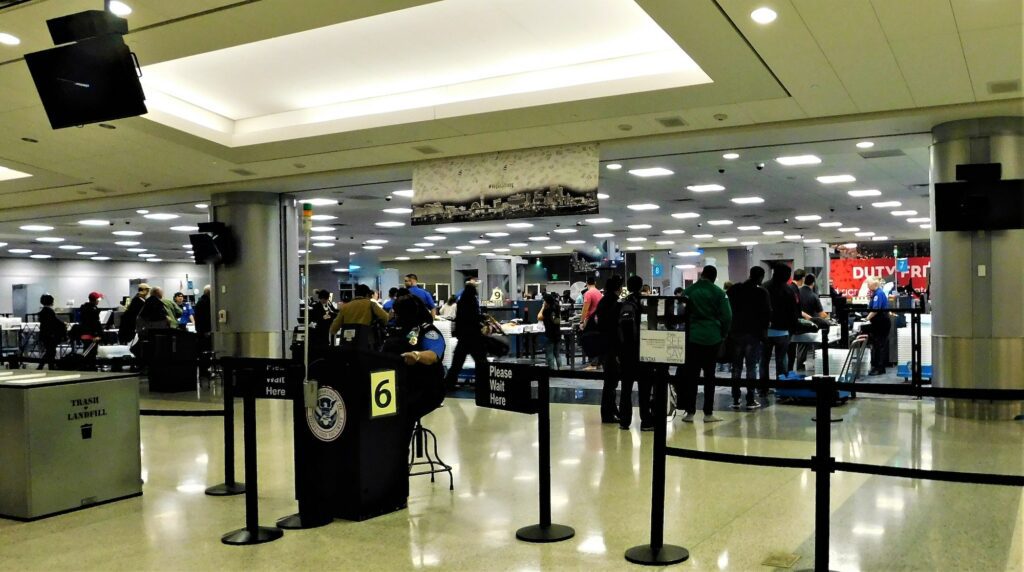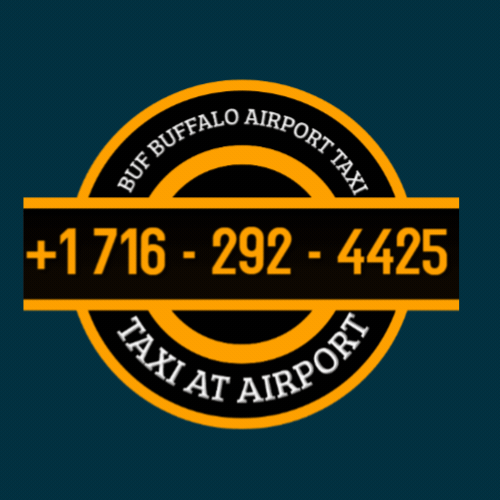
Buffalo Niagara International Airport TSA Braces for Busy Summer with Reminders on Safety Protocols and Improved Staffing
As the summer travel season commences and air travel witnesses a significant uptick, patrons flying out of Buffalo Niagara International Airport in Cheektowaga are reminded of fundamental regulations.
Following a two-and-a-half-year downturn, air travel has been revived, with passenger traffic at the Buffalo airport nearing pre-Covid-19 levels in 2019. “The economy is on a robust recovery trajectory, prompting a rise in the number of travelers,” commented Bart R. Johnson, the Transportation Security Administration director for the 13 airports in upstate New York. However, he emphasized that individuals who last flew frequently need refreshers on the protocols.
As Johnson detailed in a recent press conference at the airport, the rudimentary rules include:
- Arriving at least two hours in advance.
- Having an identification document like a driver’s license or passport ready.
- Ensuring no attempt to carry any forbidden items.
“Commence your journey with an unoccupied bag. We discourage you from bringing anything into the checkpoint, or sterile areas, such as firearms, knives, brass knuckles, or explosives,” he instructed. Johnson revealed that thus far this year, 23 handguns have been confiscated from passengers at checkpoints across upstate New York airports.
A comprehensive list of flight regulations can be accessed via the AskTSA app.
Johnson stressed the importance of careful planning due to the high prices and efforts associated with travel. “Incorporate TSA and its screening procedures into your travel plans. Ensure you know your children’s and luggage’s location at the airport. As you queue up, mentally prepare yourself for the upcoming checkpoint experience. If done right, the process can be quite straightforward,” he advised.
Lee Weitz, Director of Aviation for the Niagara Frontier Transportation Authority, reported that TSA officers nationwide are screening over 2 million passengers daily, which is a substantial increase from the previous year.
Weitz added that staffing efforts are in full swing as they aim to reach near total workforce capacity. “The recovery since the Covid crisis is noteworthy. We faced considerable staff shortages immediately post-Covid, but the situation has improved significantly, and we’re looking forward to a successful summer season,” he concluded.


